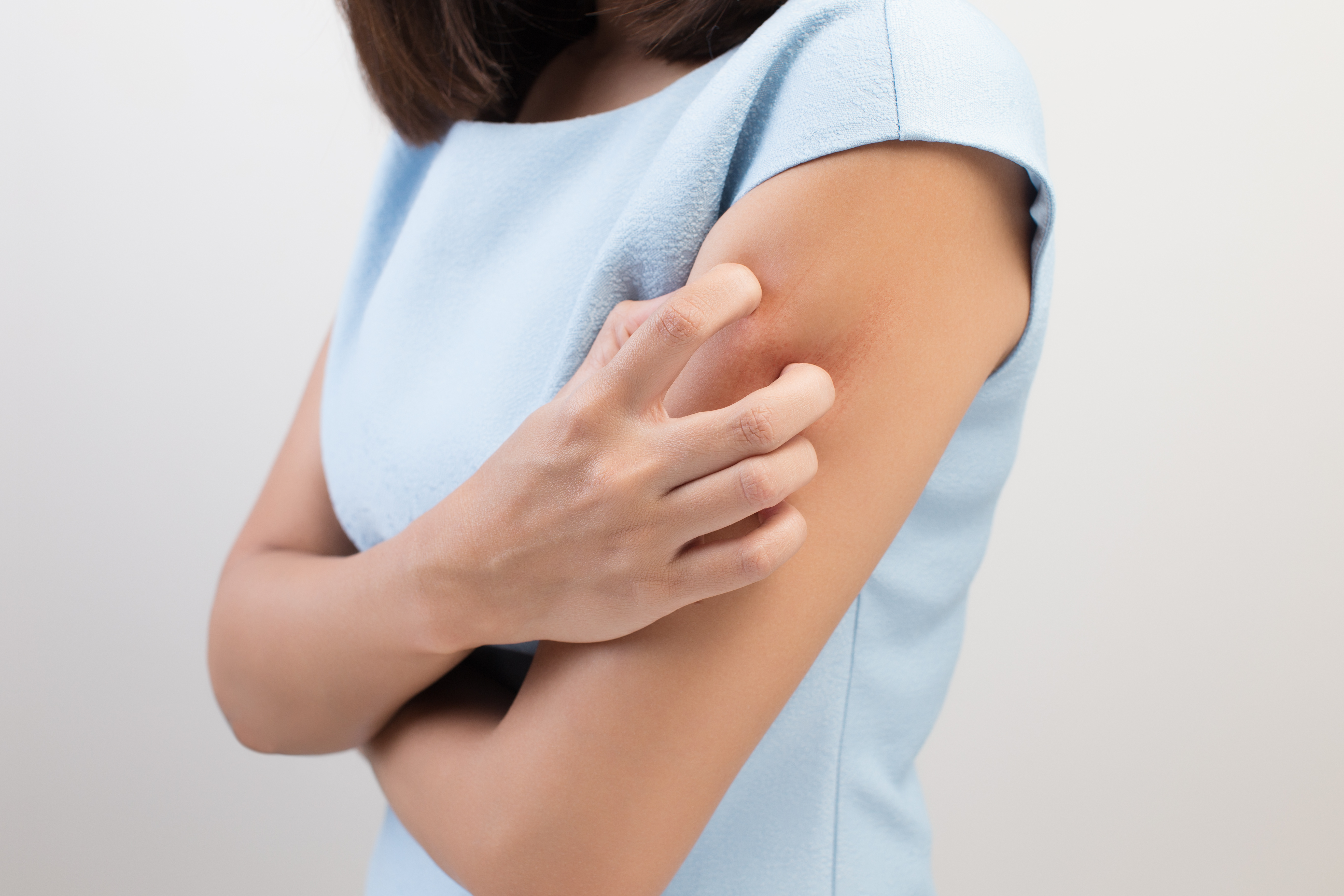Diagnosis
Your doctor may diagnose a black widow spider bite depending on your history and your symptoms, yet a specific finding is difficult to confirm. Diagnosis requires:
- An eyewitness to the bite
- Identification of the spider by a professional
- Exclusion of other possible causes
Treatment
Spider bites, including those of the black widow spider and brown spider, may require the following treatment
- Clean the bite with soap and water. Apply an antibiotic in case you think the bite was done by a brown spider.
- Apply a cool pack to the bite.
- If the bite is on the arm or the leg, raise it.
- Use over-the-counter medicines as required. You may use a pain-reliever such as paracetamol or ibuprofen or an antihistamine
- Watch the bite for signs of infection
- Your master may give a tetanus shot if you haven’t had one over the past five years. You may require antibiotics if the bite ends up
In case a black widow spider bite is causing extraordinary distress or reactions, your doctor may suggest an antivenom, which may be injected into a thigh muscle or given through a vein (intravenously). However, antivenom can cause hypersensitivity reactions, so it must be used with caution.


